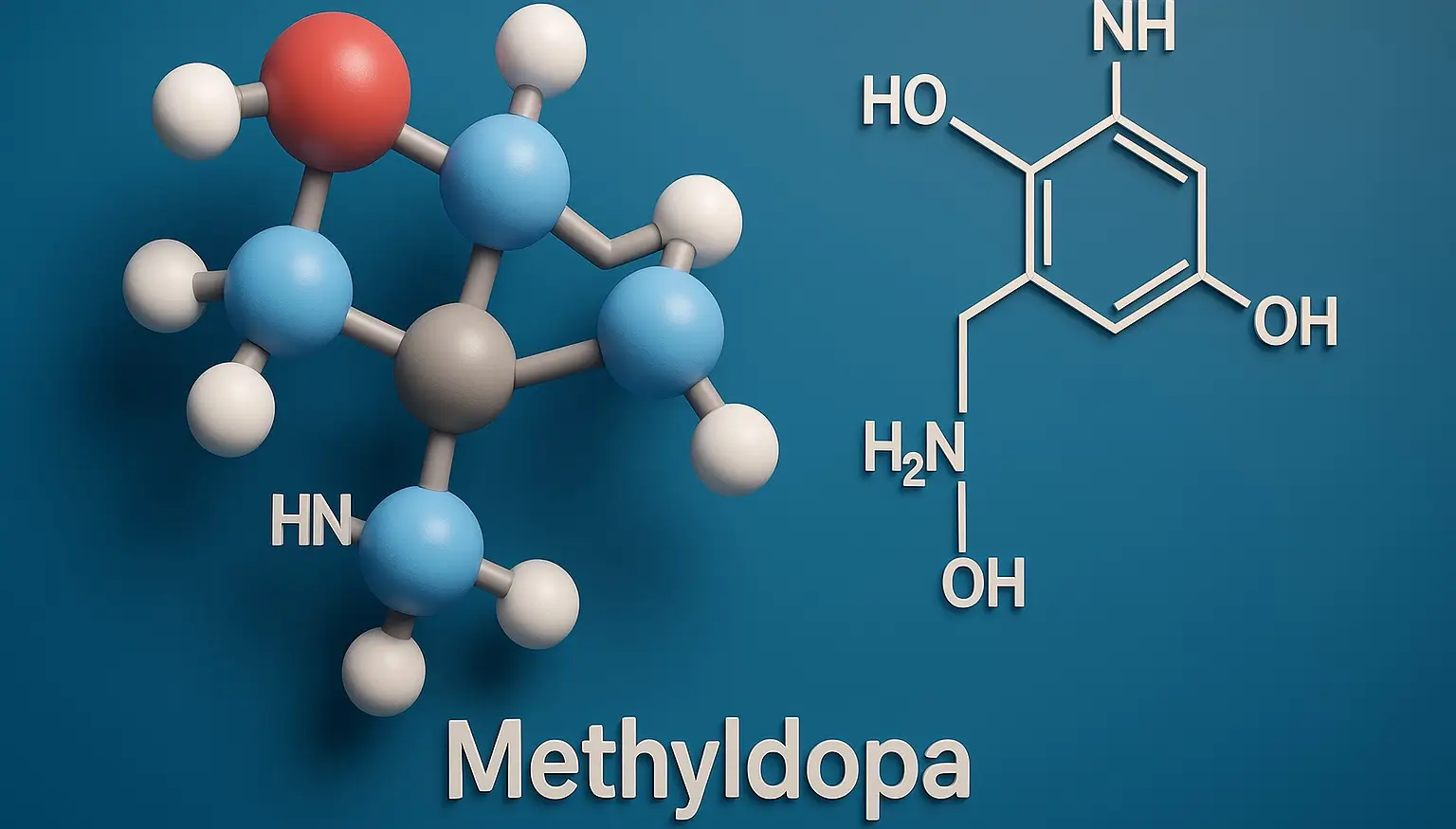Methyldopa
Methyldopa is an antihypertensive medication primarily used to treat high blood pressure (hypertension), especially during pregnancy. It is a centrally acting alpha-2 adrenergic agonist that works by stimulating receptors in the brain to reduce sympathetic nerve signals, leading to a decrease in blood vessel constriction and heart rate, thereby lowering blood pressure. Chemical Structure & … Read more










